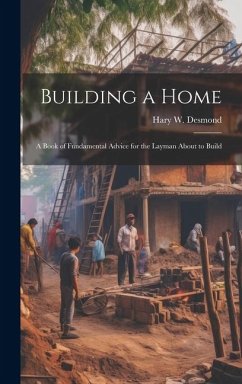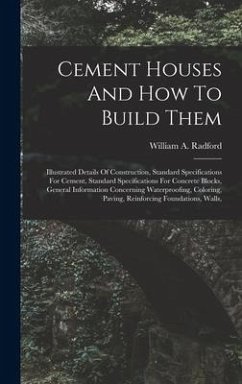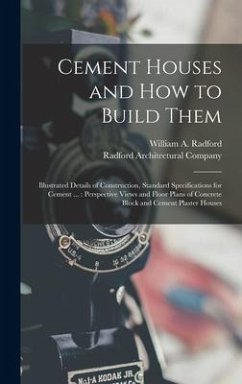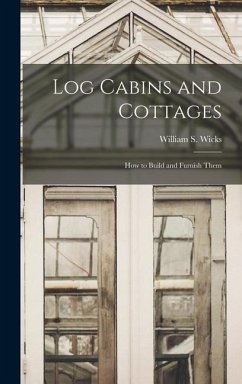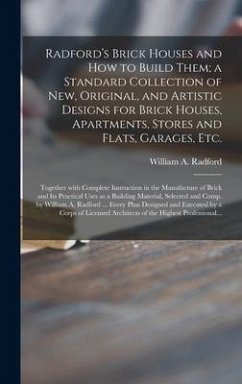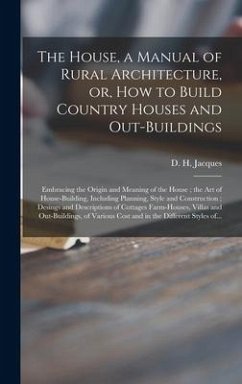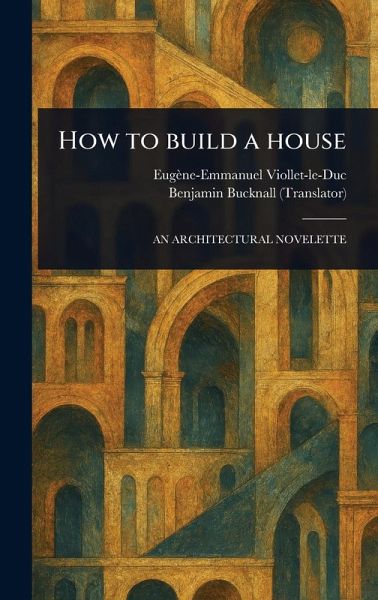
How to Build a House
Versandkostenfrei!
Versandfertig in über 4 Wochen
29,99 €
inkl. MwSt.
Weitere Ausgaben:

PAYBACK Punkte
15 °P sammeln!
"How to Build a House: An Architectural Novelette" by Eugène Viollet-le-Duc offers a fascinating glimpse into the principles of architecture and construction. This unique work, presented in a narrative style, explores the fundamentals of house building, design, and architectural theory. Delve into the subject of building through the eyes of a master architect as Viollet-le-Duc illuminates the considerations and processes involved in creating a home. A valuable resource for those interested in the history of architecture, this book provides insight into general architectural concepts and histo...
"How to Build a House: An Architectural Novelette" by Eugène Viollet-le-Duc offers a fascinating glimpse into the principles of architecture and construction. This unique work, presented in a narrative style, explores the fundamentals of house building, design, and architectural theory. Delve into the subject of building through the eyes of a master architect as Viollet-le-Duc illuminates the considerations and processes involved in creating a home. A valuable resource for those interested in the history of architecture, this book provides insight into general architectural concepts and historical practices. Discover the enduring relevance of sound construction and thoughtful design. A timeless exploration of building, meticulously prepared for republication. This work has been selected by scholars as being culturally important, and is part of the knowledge base of civilization as we know it. This work is in the public domain in the United States of America, and possibly other nations. Within the United States, you may freely copy and distribute this work, as no entity (individual or corporate) has a copyright on the body of the work. Scholars believe, and we concur, that this work is important enough to be preserved, reproduced, and made generally available to the public. We appreciate your support of the preservation process, and thank you for being an important part of keeping this knowledge alive and relevant.





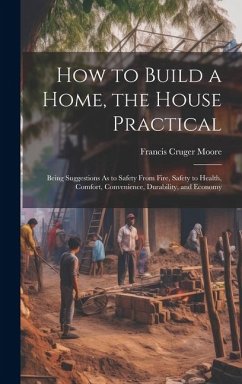

![How To Plan, Finance And Build Your Home [by] The Architects' Small House Service Bureau Cover How To Plan, Finance And Build Your Home [by] The Architects' Small House Service Bureau](https://bilder.buecher.de/produkte/66/66758/66758706n.jpg)
